There’s nothing heroic about the job. You sit behind a desk, flipping through papers, watching faces line up outside the window. Still, there’s a weight to it — because in That’s Not My Neighbor, one mistake means letting something in that was never supposed to be here.
The year is 1955. The city is quiet, but uneasy. Doppelgängers are out there — blending in, copying your neighbors down to the last nervous smile. You work for the Department of Doppelgänger Detection, and your shift starts simple: check IDs, match faces, send them through. But simple doesn’t last.
They start to look… off. A photo that’s too perfect, a face you’re sure you’ve seen but can’t place. You watch closely, waiting for the twitch, the slip — anything that proves the person in front of you isn’t who they say they are. Most of the time, you’re guessing.
And that’s where the dread creeps in. That’s Not My Neighbor isn’t trying to scare you with loud moments or gore. It lets the silence do the work — the kind that leaves you staring too long, second-guessing every choice.
The art style leans into that feeling. Muted colors, clean lines, and just enough cartoon charm to soften the edges — until it doesn’t. Some faces linger in the wrong way, stitched together or packed with too many eyes. It’s subtle, but it works. You can feel when something’s off, even if you can’t explain why.
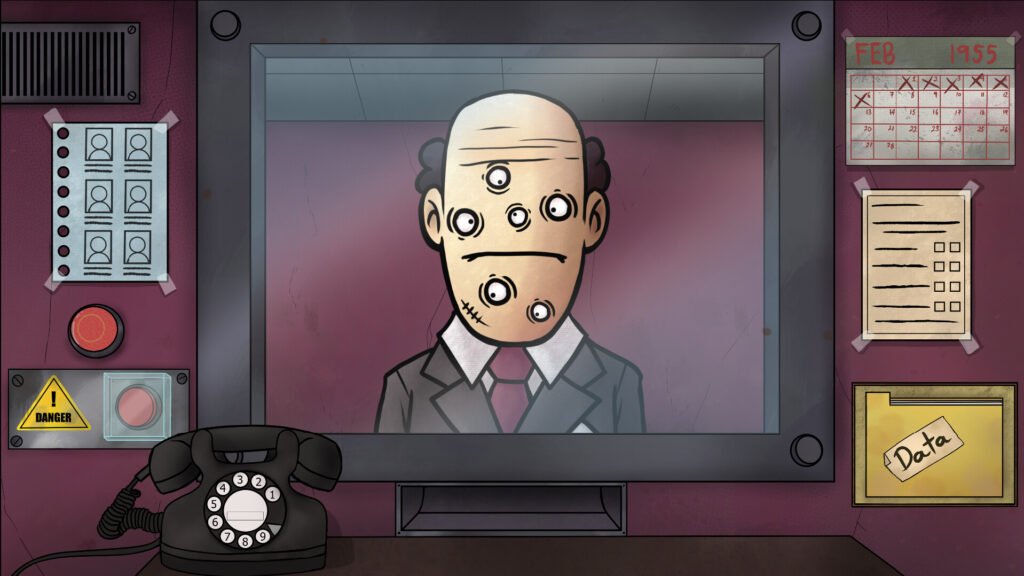
What makes it stick is how small everything feels — one desk, one building, one mistake waiting to happen. There’s no grand moment where it all falls apart. Just a steady, growing certainty that you missed something hours ago — and it’s already inside.
Every visitor is a quiet test of your observation skills. Each decision carries weight as you decide who belongs and who doesn’t. By the end of your shift, you’ll be left questioning your choices — who slipped past you, and who might have been rejected unjustly? Your job isn’t just about checking IDs; it’s about deciding who gets to stay in the safety of the building and who gets handed over to the D.D.D. for extraction.
It’s that creeping uncertainty that lingers. The game isn’t in a rush to tell you when you’ve made the wrong choice. It just lets the doubt sit, waiting for the next knock at the door. Will you catch the mistake? Or will the wrong one walk through?
That’s Not My Neighbor turns routine into tension, proving you don’t need monsters chasing you to feel hunted. Sometimes, it’s the waiting that gets you.
That’s Not My Neighbor is available on Steam.





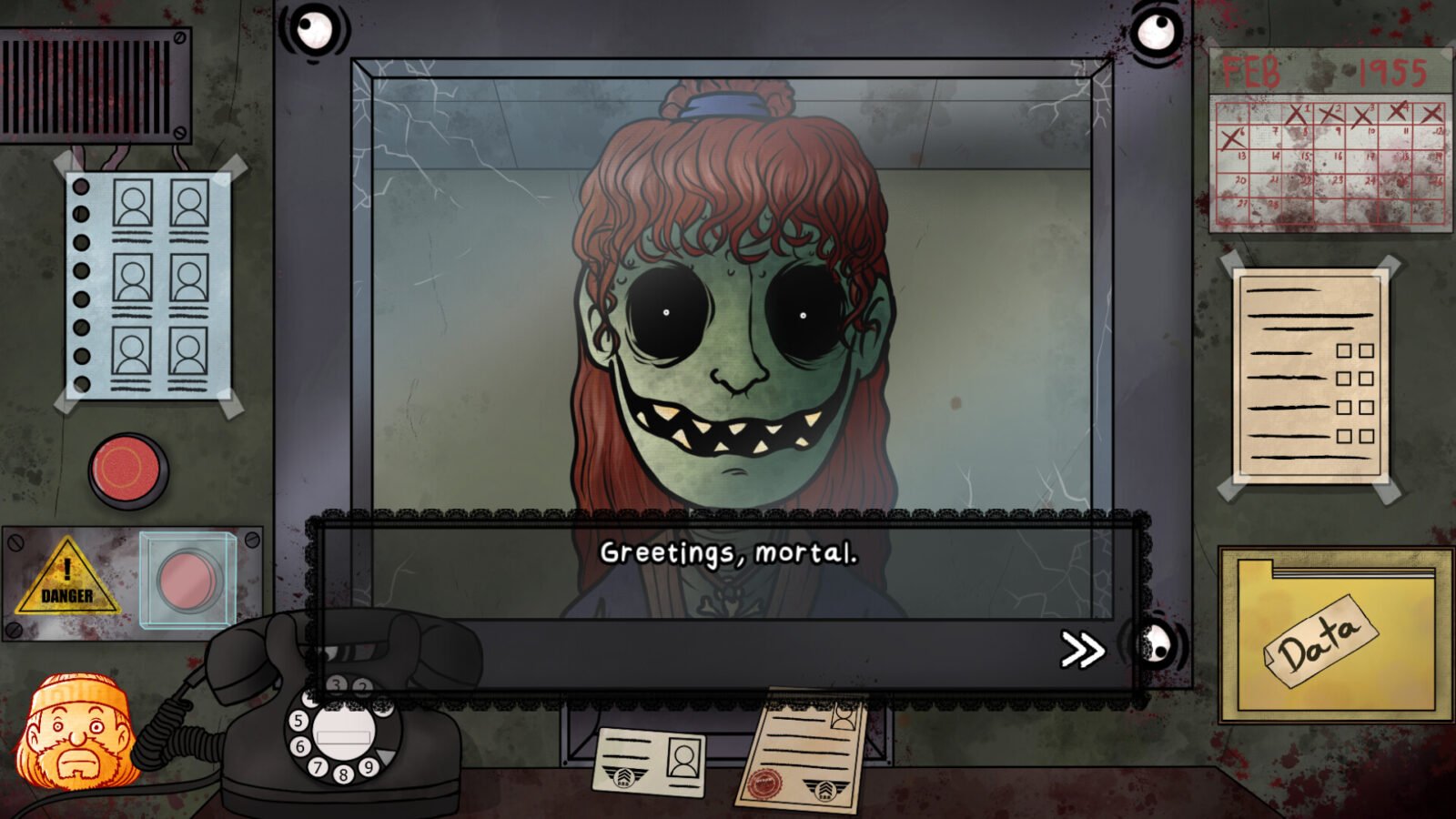

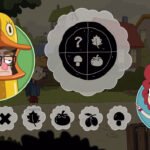




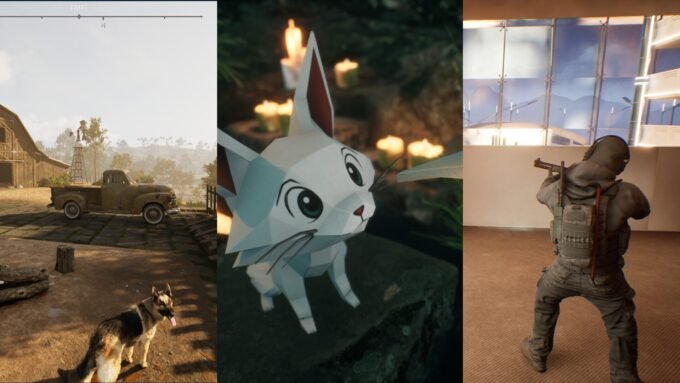
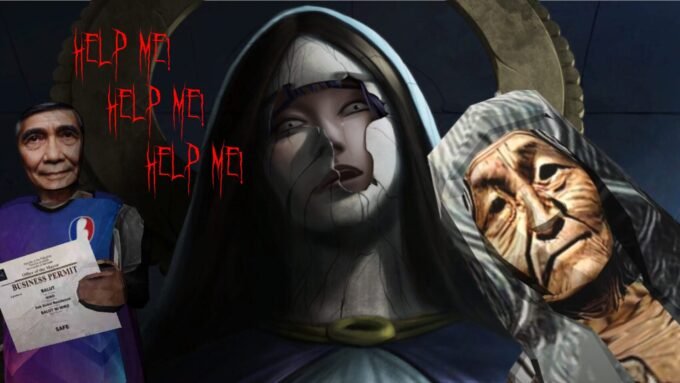
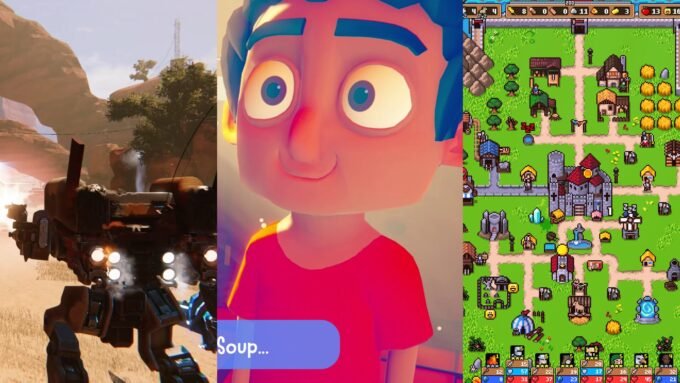
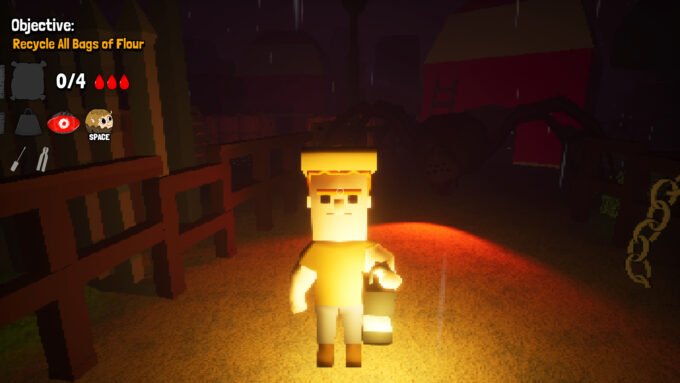

Leave a comment